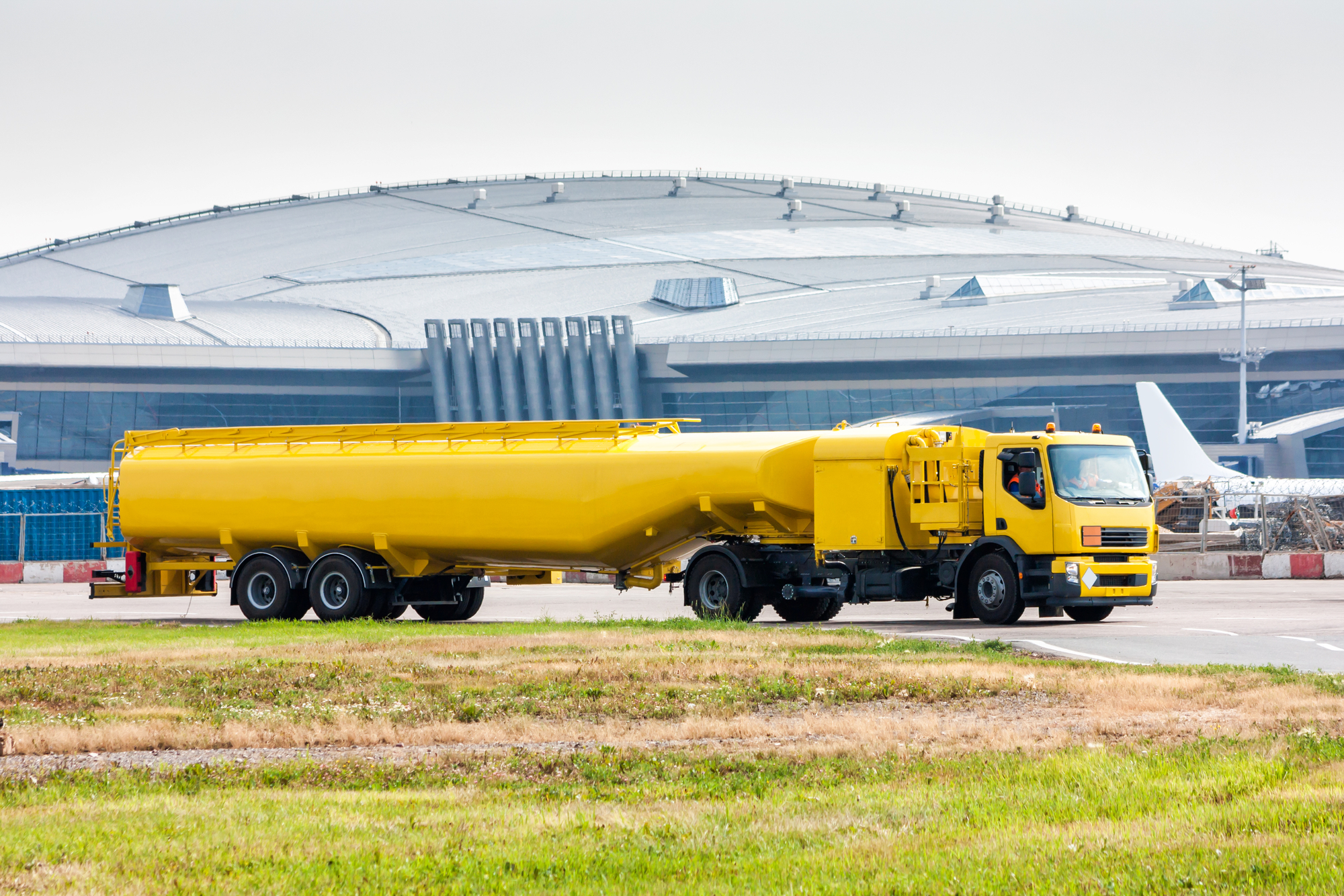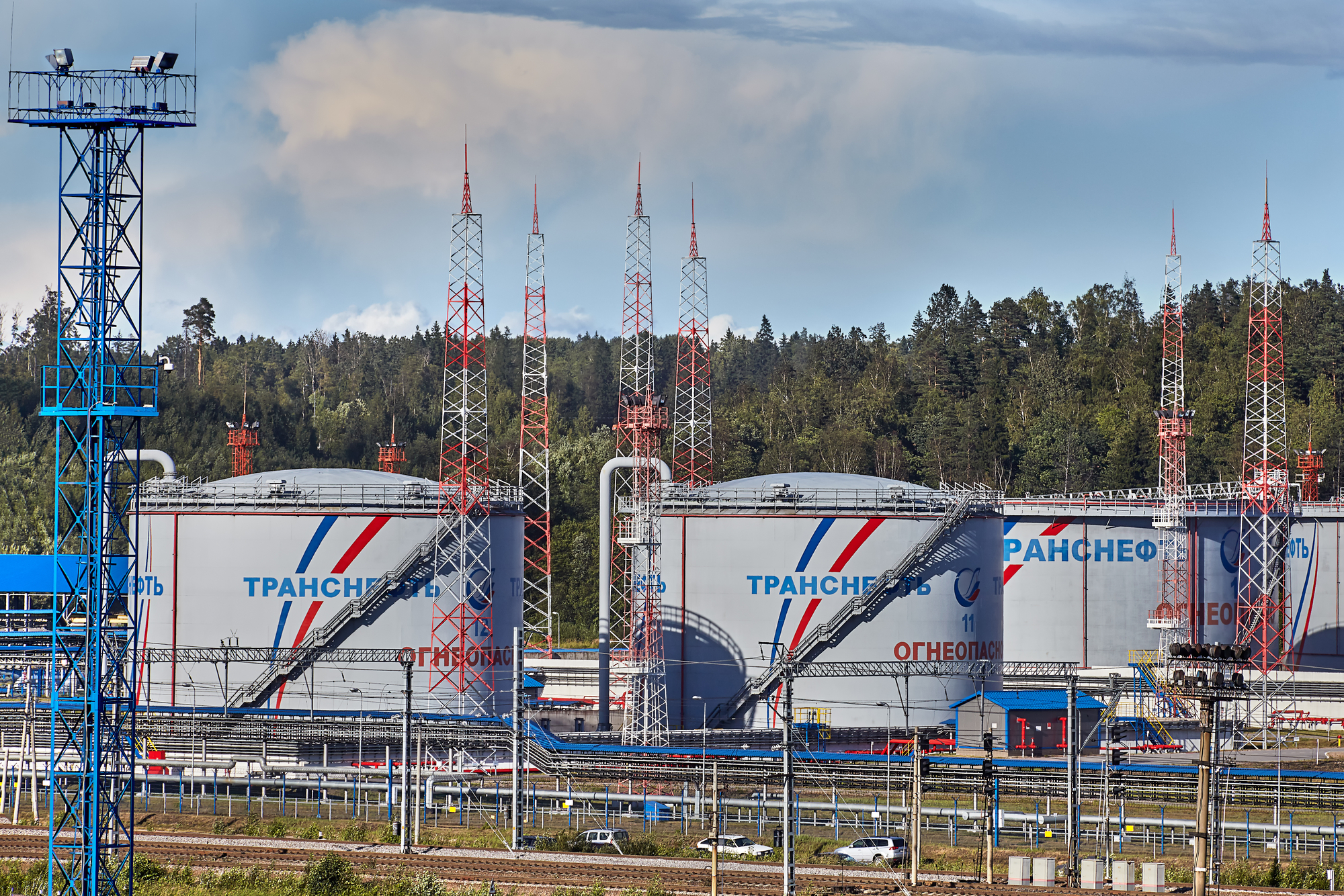Special requirements to protection against lightning, static electricity, and other phenomena capable of strongly heating the conductive elements or forming sparks are applied to the facilities storing oil and oil products. For many years, RD 153-39.4-078-01 Guidelines for Technical Operation of Reservoirs of Main Oil Pipelines and Oil Plants (hereinafter, RD) has been a main document governing the lightning protection and grounding design in such locations. In the subsequent years, the oil industry in Russia has significantly advanced, which required new standards for lightning protection and grounding. By Order of Rostekhnadzor No. 777 of December 26, 2012, the Guidelines for Oil Plant and Storage Safety has been made effective (hereinafter, the Guidelines). At some point, both documents were effective at the same time, but at the end of 2015, RD 153-39.4-078-01 ceased to be effective..
Comparing old and new standards
When upgrading oil and oil product storages and using standard designs developed before 2016, we should know how the standards provided in the Guidelines differ from the older standards.
A recommendation to protect tank farms with the capacity of over 100 thousand cu m (item 78 of the Guidelines and item 5.1.3 of RD) has remained the same. Connections between lightning arresters and current collectors as well as current collectors and grounding arrangements still have to be welded or clamped with the transient resistance of not more than 0.05 ohms (items 84 of the Guidelines and 5.1.8 of RD).
Unlike RD, the Guidelines detail the protection of tank farms with the capacity of less than 100 thousand cu m (item 79). If the reservoir roof thickness is less than 4 mm, then you should also use standalone lightning rods or lightning arresters installed on the reservoir. If the roof thickness is more than 4 mm, and a single reservoir volume is less than 200 cu m, irrespective of the roof thickness, than the lightning protection is provided by connecting the reservoir housing to grounding.
Item 80 of the Guidelines describes direct lightning protection of pressure vent valves, while item 81 describes protection of treatment facilities. RD did not contain anything like this.
Unlike RD, more recent Guidelines also describe the protection against secondary lightning effects. Item 82 requires generally to connect metal elements to a single facility grounding circuit and also to provide connection resistance in pipelines and other extended facilities of not more than 0.03 ohm. Item 92 describes measures to prevent electromagnetic induction between pipelines and other extended objects, which may lead to a strong heating and even sparking and, thus, fire or explosion.
RD and the Guidelines differently implement an approach to the construction and servicing of lightning arresters and grounding for the lightning protection. Item 5.1.8 of RD describes acceptable options for the lightning rod designs, and item 5.1.9 describes the grounding arrangement design for the lightning protection. The Guidelines do not govern lightning arrester and grounding arrangement designs, but they recommend to substantiate their choice in the design documents (item 77).
Lightning protection system inspection is even more interesting. RD requires to inspect the entire system once a year, before the storm season. The Guidelines do not provide for the lightning arrester inspection intervals, while current collectors and grounding arrangements should be inspected once in 5 years. With this, each year, you should selectively inspect current collectors and grounding arrangements for corrosion. For grounding arrangements, a clear criterion is stated determining when you should replace them: when over 25% cross-sectional area is corroded; but unfortunately, there is no clear criterion for current collectors in the Guidelines.
More attention is paid to the protection against static electricity!
The Guidelines provide more details for the requirements to protect from static electricity in oil loading systems. We can say that this is the case when "rules are written in blood", meaning that the Russian and international experience of accidents related to static electricity has been taken into account.
he requirements to grounding to drain the static electricity have remained the same, in particular, resistance between the structure metal element and grounding bus should not exceed 10 ohm. Although all grounding at the facility usually have to be joined to form a single circuit, the Guidelines allow the existence of a separate grounding system to drain the static electricity only. The resistance of such grounding should not exceed 100 ohm.
The following provision of the Guidelines is important to provide safety: "8.10. Considering the design of loading and unloading devices with their elements connected by hinges with oil seals made of non-metal materials, it is recommended to visually inspect the grounding system during each shift preventing disruption of a single circuit. If a single circuit is disrupted, the operation of loading and unloading devices is not recommended until its repair."

When jet fuel is loaded into a tank, it is required to use aluminum articulated pipes to avoid sparking due to static electricity.
Jet fuel loading is governed by item 8.11, which requires connecting articulated pipes made of aluminum since this exactly design prevents sparking when a loading device is mated with the road tanker flange.
According to item 8.18, tankers, pipelines, and loading devices must be equipped with grounding arrangement. Item 87 contains a detailed list comprising 9 items to be particularly grounded. Note that a similar requirement exists in item 5.3.2 of RD, but they have only used the general concept "all electrically conductive assemblies", while the Guidelines provide a clear list of assemblies to be grounded.
Section XIII of the Guidelines primarily considers the matter of protection against the static electricity during operation. To compare, RD referenced to the respective industrial instructions; now, these Guidelines describe directly the construction of crossings, choosing of footwear by servicemen, etc.
Other regulatory documents
In addition to the Guidelines, there are also some other regulatory documents describing lightning protection and reservoir grounding.
In particular, the internal documents of oil companies are among them. E.g., "Rosneft" has its Rules for Technical Operation of Oil Plants. They contain a section for lightning protection systems. And the design of such systems including lightning arrester, current collector, and grounding arrangement is described there in details. Moreover, there is a section dedicated to the measures to protect against static electricity. Transneft also has its standards describing the tank protection against lightning and static electricity.

Large oil companies have their own internal rules to protect oil tanks, which do not contradict the federal regulations.
Rules for Occupational Safety during Operation of Oil Plants and Gas Stations POT R O-112-001-95 are still effective, which have been approved by RF Mintopenergo No. 191 of September 18, 1995. Their item 5.2 describes lightning protection while item 5.3 describes protection against static electricity. Note that these rules are the oldest among federal documents and they are hardly worth using during design.
PB 09-560-03 Rules of Industrial Safety of Oil Plants and Oil Warehouses are more current and were implemented by Gosgortekhnadzor's regulation in 2003. But these requirements are essentially identical to the Guidelines that have been published later.
Conclusions
When creating and upgrading systems for the protection against lightning and static electricity for oil storages, one should use primarily the Guidelines. However, note that they do not contain any particular standards for the lightning protection element design. This is not a problem for large oil companies as they have their own standards for lightning protection systems. If you have, e.g., a small network of gas stations, you will have to substantiate the chosen solution in technical documents according to item 77 of the Guidelines. And you can use standards of the old RD; however, this does not eliminate the need in technical substantiation since this RD is no more effective. That is why in order to design the oil tank protection systems against lightning and static electricity, you should contact the experienced professionals, e.g. specialists from the Zandz.com Technical Center. The specialists will provide a modern solution to you, which will comply with effective safety standards.
Related Articles:



